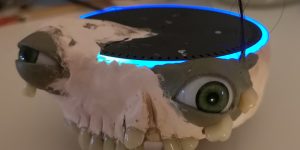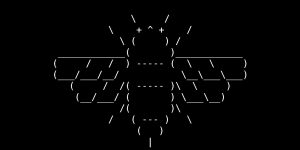Valis

Into The Distance
University of the Arts London, London College of Communication, MA Interaction Design Communication (UK)
In dieser Ausstellung setzen wir uns für eine Zukunft ein, in der wir die Dinge anders und besser machen als in der Vergangenheit. Die Vergangenheit der „digitalen Revolution“ im Geiste von Hartleys Zitat zu sehen, bedeutet nicht, sie zu verleugnen; es ist eine Gelegenheit, eine neue Sichtweise von ihr zu entwickeln, eine Chance, über ihre Trends und gescheiterten Versprechen aus heutiger Perspektive zu reflektieren. Wir können unseren Blick weiter in die Ferne lenken, sowohl hinter als auch vor uns; um zu erforschen, wie ältere (oder antike) Ideen und Konzepte zu wirkmächtigen kritischen Werkzeugen werden können, um aktuelle und zukünftige Herausforderungen zu ergründen.

Swipe
Bérénice Serra (FR)
Swype is a virtual keyboard, developed for touchscreen smartphones and tablets, that allows the user to write by sliding his finger from the first to the last letter of a word. Using a predictive text system, this keyboard can achieve a writing speed of 50 words per minute. The Swipe project proposes a translation app that highlights a link between writing speed and the enrichment of language through graphic writing, by recording the signs generated with the Swype keyboard. Each word then produces a new sign.

Nothing wild in particular
Jeremie Nuel (FR)
Consciousness, memory, reality and identity are regular themes in Philip K. Dick’s books. These concepts have fed into AI research since the seventies. This work uses Andrej Karpathy’s neural network, known as “recurrent,” to train a computer program, using as source a text or a corpus. Once trained, the code writes, character by character, a new text. The corpus that feeds the neuronal network shortens Philip K. Dick’s work (52 books). As a mirrored entity, strange and undisciplined, the computer program tries to write, at every iteration, step by step, an often-absurd story, and sometimes, a poetic one.


